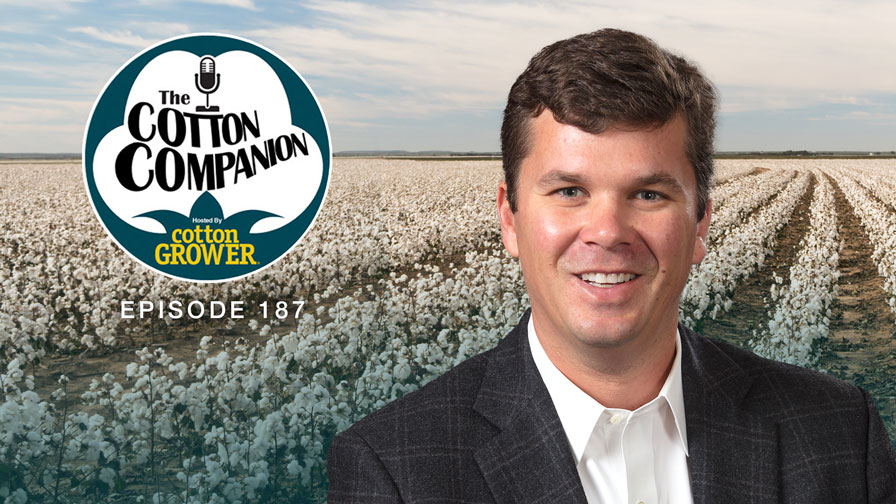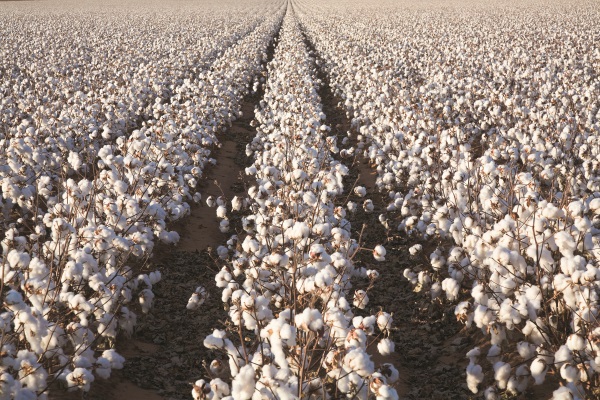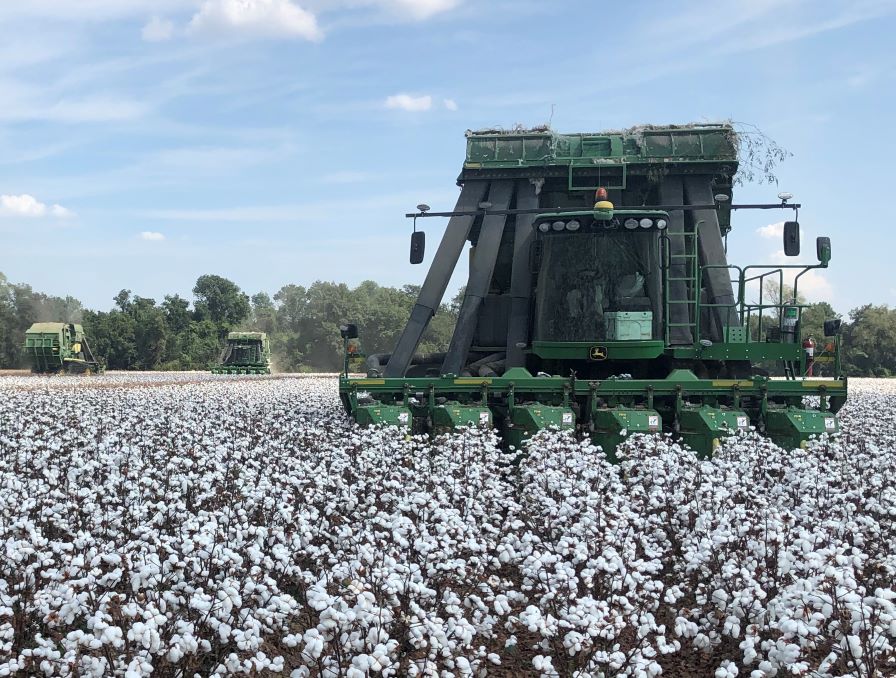Rain and Risk: What’s your Dryland Cotton Plan?
Lubbock’s new AgriLife Cotton Extension Specialist Ken Legè’s initial advice for the 2024 cotton growing season echoes what many of us are thinking: “Pray for rain and remain optimistic.”
For areas like the Texas High Plains, Legè offers his thoughts and pieces of advice for those growers looking to maximize their dryland cotton acres.
Legè highlights the twofold demand for dryland acres: operations in areas like the Texas High Plains are built to grow dryland cotton, and growers need a potential boost from a dryland crop.
“The desire is out there to grow dryland cotton,” Legè says. “Part of that is driven by growers who are set up for growing dryland cotton and need a good year. Also, a lot of growers are connected either financially or otherwise to gins who have had two tough years and need some product going through their plant.”
As we look for rain to sustain a healthy cotton crop in 2024, what should be the focus when managing dryland acres?
Weed & Pest Control
At this point in the season, Legè says growers’ first priority should be weed and pest control on the early season crop, especially following up on pre-emergent applications.
“Weed control will be the topic of the day in early summer,” Legè says. “Lots of growers will put residuals down at planting and then be quickly following up three to four weeks later.”
Legè adds that especially in the Texas High Plains, thrips are always a pest to be vigilant against during the early parts of the season. Though thrips may not be treated over every acre, location will impact your approach to management.
“Thrips is the primary early season pest, particularly north of Lubbock,” Legè says. “I wouldn’t say it’s necessarily higher populations there, but the consequence of thrips injury is greater because of delayed maturity. The further north you go, maturity becomes a more important issue than it is for those growers in the south who have a few more heat units during the season and can rebound easier from thrips injury.”
Risk Mitigation
Legè says the key to managing dryland cotton acres is risk mitigation.
“A grower told me years ago, ‘Son, I can’t grow cotton as nearly as well as I know how,’” he says. “Growers would love to follow all the rules, but especially on dryland acres, you’re having to really mitigate your risk.”
Each grower’s risk management approach will depend on many varying factors including planting date, crop insurance programs, on-farm labor availability, and previous decisions such as seed variety and land management. Rainfall will continue to be a heavy influence on risk management decisions for dryland acres. As Legè puts it, “It all comes down to moisture.”
The Texas A&M AgriLife Research and Extension Center at Lubbock has three agricultural economists who specialize in mitigating on-farm risk who can assist with mitigation plans that reflect specific operating considerations.
“If growers call any of these three individuals and say, ‘Hey, I need you to come out and help me,’ they will do everything they can to help that grower figure out an individualized risk mitigation plan,” Legè says.
Connect with Resources
As the season continues, Legè says it is important to stay up to date on best practice recommendations to make the best decisions for your dryland acres.
“There are all kinds of answers within Extension,” Legè says. “For instance, most people don’t know the nitrogen fertility recommendation has changed. Previously, the rule of thumb was 50 pounds of nitrogen for every bale of yield potential. AgriLife Extension researchers found that has been reduced to 40 pounds for the first bale and then 35 pounds for subsequent bales.”
Legè also recommends staying plugged into these resources through local cotton organizations that prioritize connecting growers with all parts of the industry, including Extension, university researchers, economists, and agricultural retailers. If possible, crop consultants can provide individualized recommendations, but Legè says this is not always realistic for dryland growers.
“A good resource for growers is to find your local ag retailer who has a good agronomic background,” Legè says. “Sure, they sell the products, but they also know how to help a grower become profitable or maintain profitability.”
Legè emphasizes that his recommendations for weed control, pest management, risk mitigation, and connecting with resources also apply to some irrigated acres where irrigation is more supplementary than a primary water source.
At the end of the day, Legè admits that most management decisions for dryland acres are game time decisions, so flexibility will serve growers well while working to manage risk.









